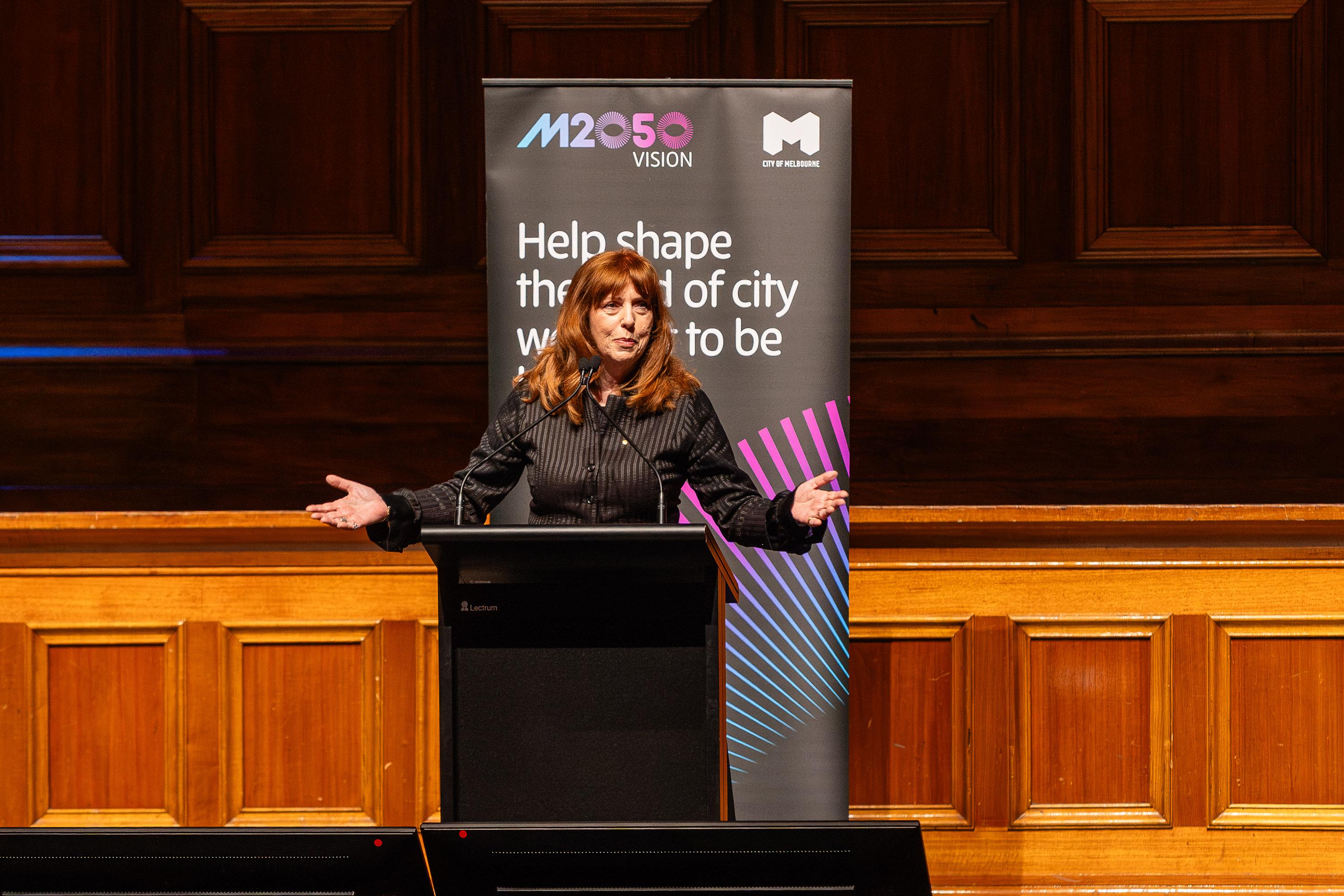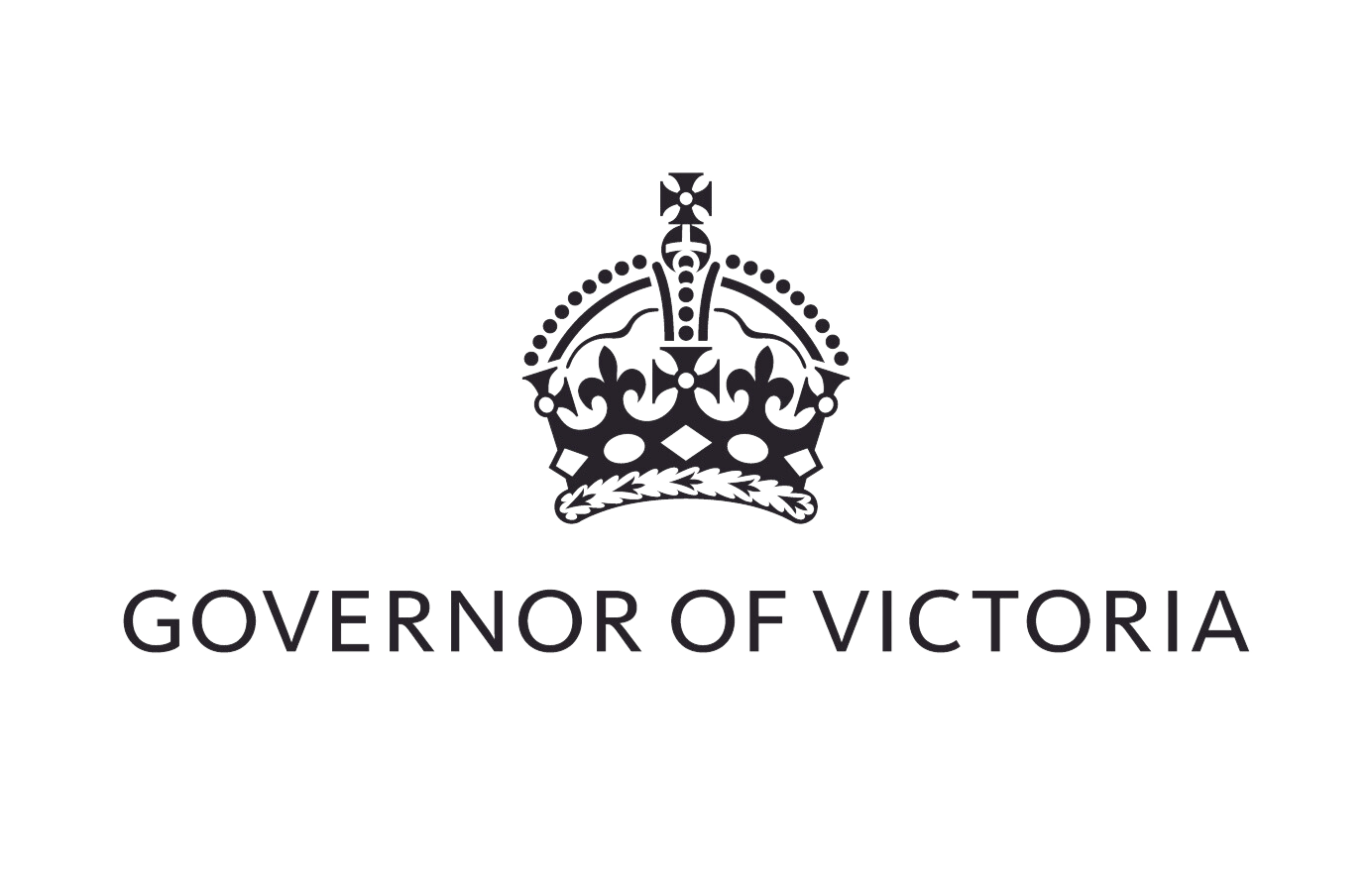
Speech given by the Governor at the M2050 Summit
I begin by acknowledging the Traditional Owners of the lands on which this building stands – the Wurundjeri people of the Eastern Kulin Nation – and pay my respects to their Elders, past and present and thank in particular, Uncle Perry Wandin for his warm Welcome to Country this morning.
The city where we gather today was not built by chance.
These lands, with their abundant natural resources, had supported different language groups of the Kulin Nation for countless generations.
When European settlers arrived on the banks of the Yarra River in 1835, they recognised a potential that was already familiar to those that had lived here for millennia.
In 1848, the letters declaring the City of Melbourne were read on the steps of St Peter’s Church on Eastern Hill.
However, the mere proclamation of Melbourne as a city did not in itself create the identity that we know today.
In his book Cities, author John Reader writes that:
“Cities are the defining artefacts of civilisation. All the achievements and failings of humanity are here.
Civic buildings, monuments, archives and institutions are the touchstones by which our cultural heritage is passed from one generation to the next. We shape the city, then it shapes us.”
Cities concentrate physical, political, social and cultural power.
From that concentration comes new opportunities and possibilities – and these are reflected in physical and social structures.
The early years of Melbourne were marked by rapid and transformative change as the wealth of the gold rush built on initial pastoral prosperity.
From those early days, less than 200 years ago, Melbourne has developed into one of the largest cities in the world by population.
The ambition that was that was evident in those early years – the fuel for “Marvellous Melbourne” – left an indelible mark.
And with the intense activity and movement of people during this time came the creation of important public goods and social reforms.
The University of Melbourne was established in 1853 to provide secular higher education – setting a standard of fair, open and equal education that was a break from previous English practice.
The State Library of Victoria was established the following year, Australia’s oldest public library, and one of the first free public libraries in the world.
In short order from the 1850s Melbourne spawned institutions and grand buildings to service a relatively small population of less than 200,000 people.
From the establishment of the Princess Theatre and the MCG’s first grandstand in 1854, to the commencement of the (albeit still unfinished) construction of Parliament House in 1855, to the completion of Government House and the Supreme Court of Victoria in 1876 and 1884 respectively.
Melburnians were even so bold to create their own sport – Australian Rules Football – arguably leading to this city’s finest triumph, the Collingwood Football Club.
In his book The Lucky Country, Donald Horne argues of Australia:
“…there is no great metropolis like New York that sets many of the nation's trends. There is no generally acknowledged central city where the important things are believed to happen…”
If this is true, then it goes some way to explaining why, in a pursuit to seize the title of Australia’s ‘central city’, so often the achievements of state capitals are defined in comparison to one another.
As someone who grew up in Sydney and lived in Brisbane for several years, I have seen this from many sides.
Perhaps due to these domestic rivalries, or our geographical separation from the rest of the world, or from a healthy dose of Australian humility and cynicism – both Melbourne’s spectacular physical and social culture and its international reputation today are sometimes underappreciated by many who call it home.
This is a city that grew rapidly from its beginnings to be among the world’s largest 100 cities – now, by some counts, larger than Sydney.
The seeds of ambition that were sown in those early years now bear fruits in the quality of life and society generated and sustained still in those ambitious early buildings.
Melbourne is a global city in so many ways.
The city that decided as one of its first acts to establish a university today boasts two higher education institutions that are ranked within the top 100 worldwide, and that support a medical research sector of global acclaim.
Should you become ill, there is almost nowhere else in the world where you would be better off in receiving treatment than here.
An early focus on fostering a vibrant cultural scene has led to the creation of so many major events, from the arts to sport and the meetings that foster discussion across so many professions and sectors that would be the envy of any international city.
We too can be proud that the great diversity of migration that spurred the growth of early Melbourne now sees us home to one of the largest foreign-born populations of world cities.
As we look ahead to the decades to come, we should draw upon a deeper comprehension of our past, the wellsprings of our social ambitions for the people of this city, and our present strengths.
In doing so, we equip ourselves as a community to more effectively assess our current priorities and proposed changes for the future.
Just as past generations saw the real possibility of crafting a new and bright future, there are many opportunities for us to pursue.
Securing them depends on fora such as this one to exchange ideas through open dialogue.
We should do so with the self-assuredness of a city and a people that have time and time again proven themselves to be capable of achieving great things together.
Thank you.
